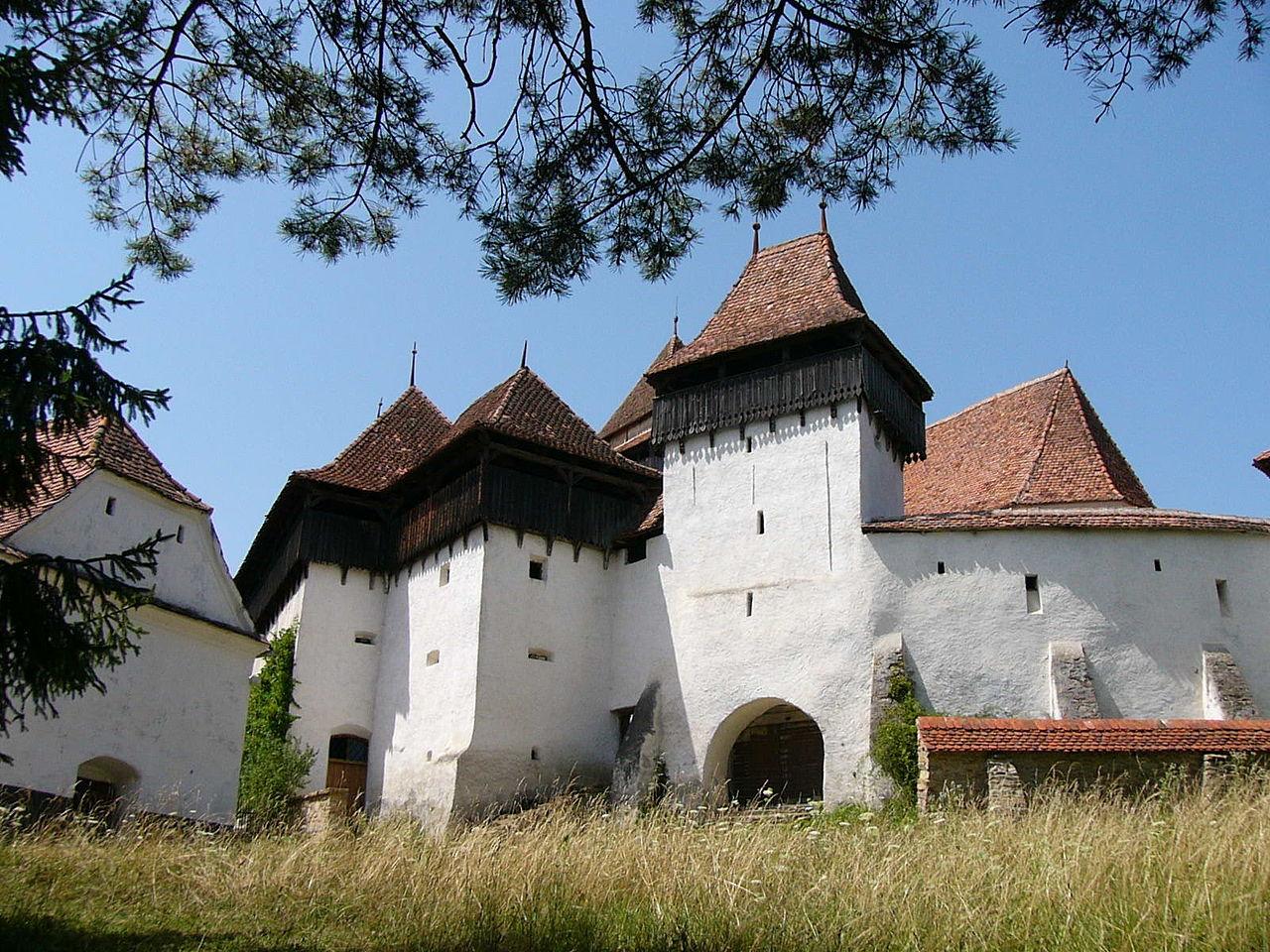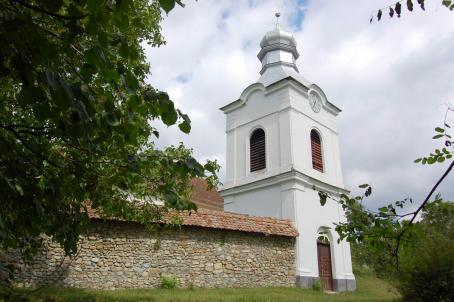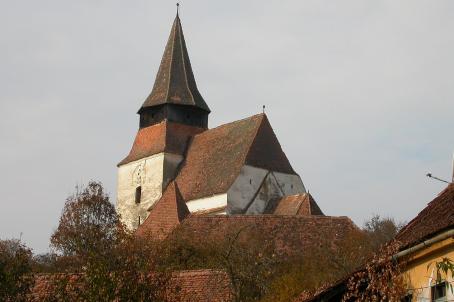Viscri Fortified Church
The fortified church in Viscri still stands as a striking example of Transylvanian defensive architecture. On the foundations of the former Romanesque basilica, built by the first Székely settlers a new chancel was erected after dismantling the apse. In 1500 the church was fortified. Therefore the hall was prolonged and connected with the western, until then freestanding, dungeon, which most probably belonged to an early extinct noble family. The tower was heightened with one level with room for bells and parapet walk and another defensive level with loopholes for arches was built in the roof. The defence level of the chancel was demolished in 1743. The 7 m high ring wall was built in early 16th century and during the 17th century was strengthened by fortified houses, defensive towers and parapet walk.
In the more peaceful times following 1743 grains storage rooms for the inhabitants replaced the parapet walk. The interior of the church still preserves the paneled ceiling from 1743 and the sober furnishing.
About this building
For more information visit on this building visit https://kirchenburgen.org/en/location/deutsch-weisskirch-viscri/






